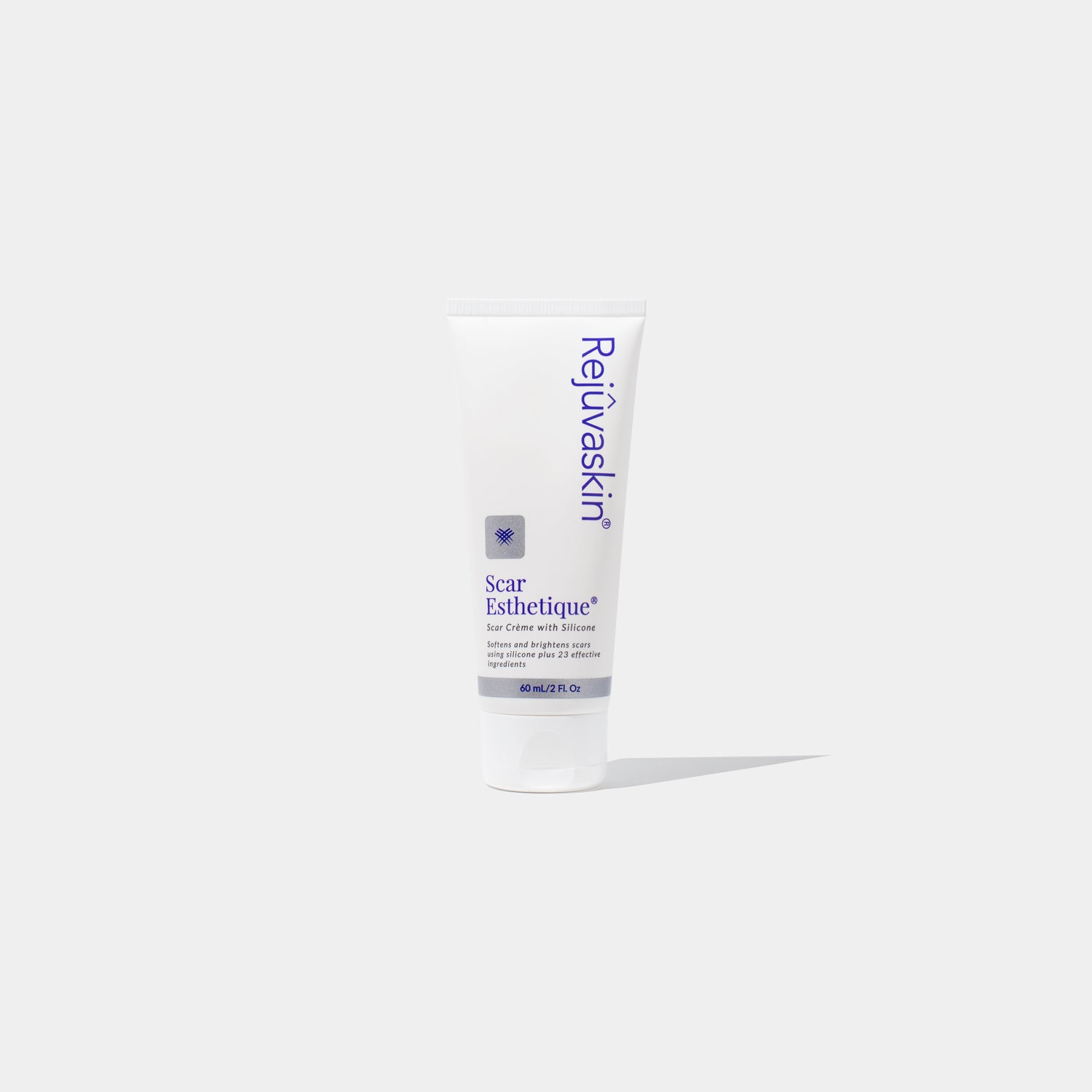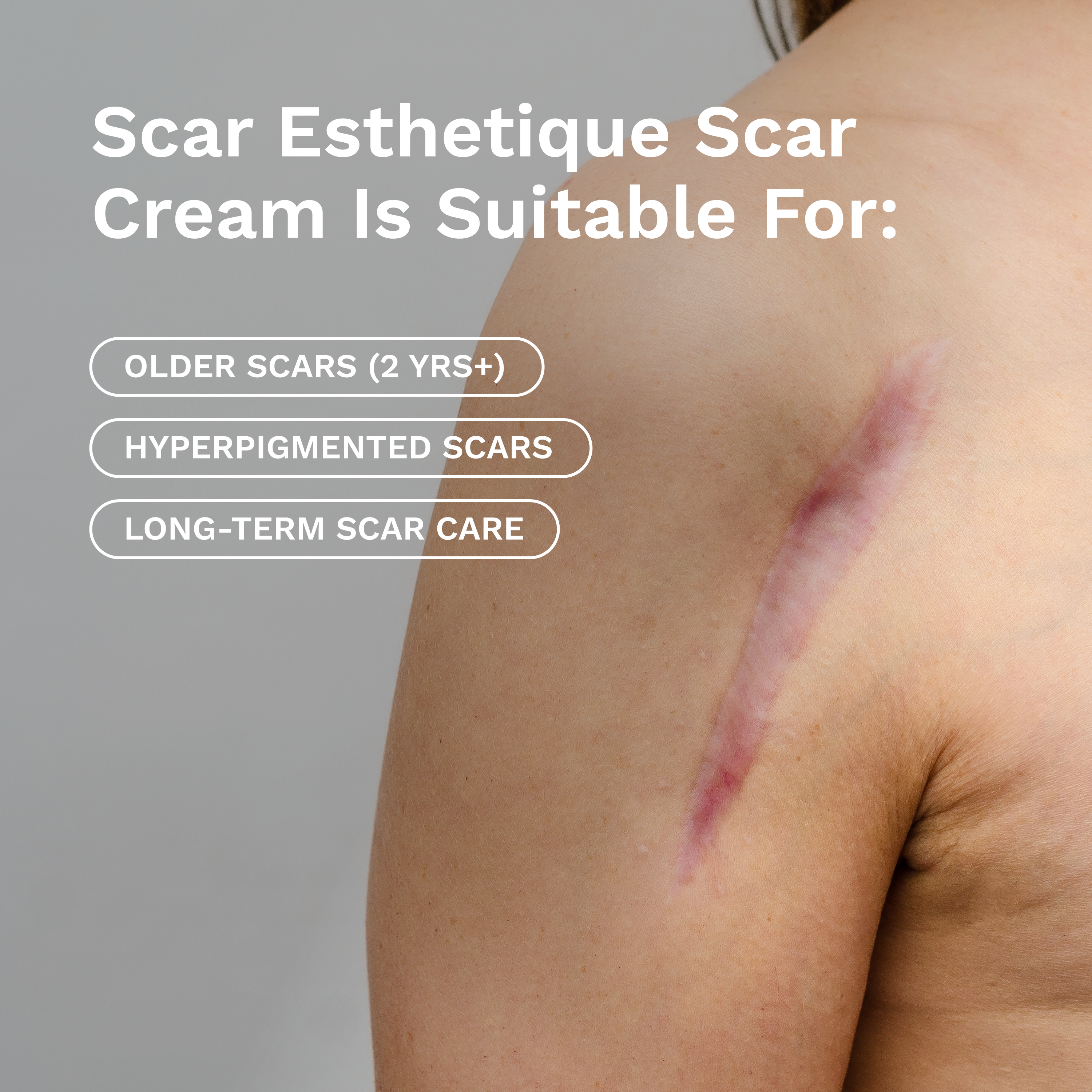Did you know that May is Melanoma Awareness Month? Melanoma is the most serious but also the most preventable and treatable type of skin cancer. We're here to enlighten and empower you with essential information on detecting and combating this condition. Today, we’ll explore what melanoma looks like, how to treat it, and chat about proactive skin health measures. Let’s get started.
What Is Melanoma?
Melanoma is one of four types of skin cancer; this type begins in the pigment cells (melanocytes) in your skin. This aggressive cancer can also form in your eyes and, rarely, inside your body, such as in your nose or throat.
What Causes Melanoma?
Melanoma is primarily caused by exposure to ultraviolet (UV) radiation from the sun or tanning beds, which damages the DNA in skin cells and can lead to mutations. These mutations cause the cells to grow uncontrollably and form malignant tumors. Additionally, genetics and skin type can influence an individual's risk of developing melanoma, with fair-skinned individuals being at higher risk.
Why Is Melanoma The Most Serious Form of Skin Cancer?
Unfortunately, melanoma is more likely to spread to other parts of the body if not caught early. It can develop anywhere on your skin and is often triggered by UV radiation from sunlight or tanning beds, damaging the DNA in skin cells. This damage prompts cells to grow uncontrollably, forming a cancerous tumor.
What Does Melanoma Look Like?
Melanoma can vary in appearance. Common signs include a new spot on the skin or a change in size, shape, or color of an existing mole. The ABCDE rule helps spot the signs of melanoma:
|
Asymmetry |
One half doesn't match the other |
|
Border |
Edges are irregular or blurred |
|
Color |
Changes in color, including different shades of brown or black, sometimes with patches of pink, red, white, or even blue |
|
Diameter |
The spot is larger than 6mm across (about the size of a pencil eraser), though melanomas can be smaller |
|
Evolving |
The mole changes in size, shape, or color over time |
For a more in-depth look at identifying skin cancer, check out How To Do A Skin Check At Home
What Are The Stages of Melanoma?
Melanoma progresses through several stages, from 0 to IV, with each stage indicating the cancer's depth and spread:
|
Stage 0 |
(Melanoma in situ) | The cancer is only in the top layer of skin |
|
Stage I |
The cancer has grown thicker but is confined to the skin |
|
Stage II |
The tumor is thicker, potentially ulcerated, but hasn't spread to lymph nodes or other areas |
|
Stage III |
Cancer has spread to one or more nearby lymph nodes or has satellite tumors near the original tumor |
|
Stage IV |
The most advanced stage, indicating the cancer has spread to distant parts of the body, such as organs, distant lymph nodes, or distant skin areas |
How Is Melanoma Treated?
Treatment options for melanoma include surgery (like Mohs surgery), immunotherapy, targeted therapy, chemotherapy, and radiation therapy. The choice, realistically, depends on the cancer's stage and location. Surgery to remove the melanoma is often the first step.
For a comprehensive overview of skin cancer treatments, check out How is Skin Cancer Treated?
So, remember your ABCDEs, do your annual skin check, and don’t hesitate to see a dermatologist if you have a concerning spot! Don’t forget to share this with friends and family to help raise awareness and improve understanding of melanoma; this way, we can help support early detection and save lives.





















Leave a comment